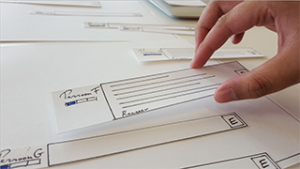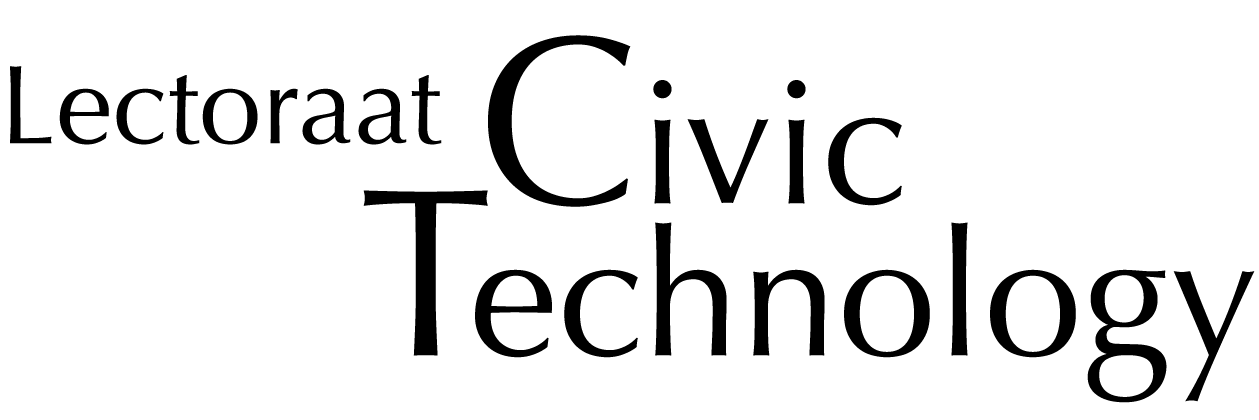
Current social media are designed around timelines: they present discussion in chronological order only. This project aimed to design alternative ways to present posts on social media that can improve the quality of discussions.
In online social media, it is rare to see a collective forming of an opinion, or an exploration and deeper exchange of different opinions. So how can such social media contribute to collective learning in a community?
Prototypes were created by Huy Trinh and Diko van der Meer.
Discussions in online social media are generally presented in a linear manner, often in a single timeline that shows reactions in chronological order (such as Twitter). In some media, such as forums, branches are shown that collect reactions to reactions in threads of conversations. Also here, the discussion is structured on the basis of chronology.
Readers or participants in such discussions must read the entire timeline to know what is being discussed and to contribute meaningfully. In practice, this rarely happens: people often react only on the basis of a small selection of comments they have read, e.g., at the end of the timeline. This may have a negative effect on the quality of such discussions. There is no contribution to a deepened and nuanced exchange of opinions, as is the case in physical meetings
In this project we explored the needs, possibilities and conceptual space for restructuring social media, in a non-chronological order. Our research questions and design challenges in this project were:
- In what way can reactions in online discussions be presented, other than in chronological order?
- What possibilities can we create to provide more and efficient insight in such a discussion, taking into account that people spend limited time to read before reacting?
- With what interactions can participants and readers structure the discussion meaningfully (in a dynamic way), individually or as a group, such that the quality of the discussion improves?
